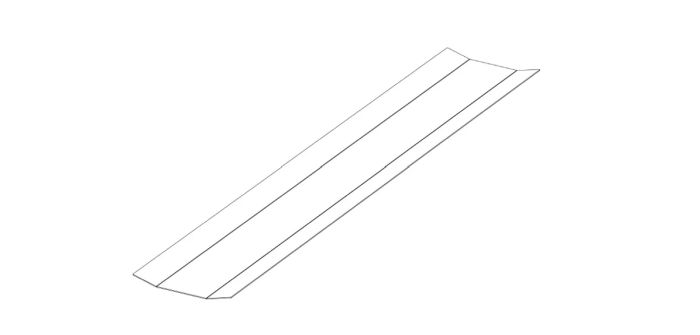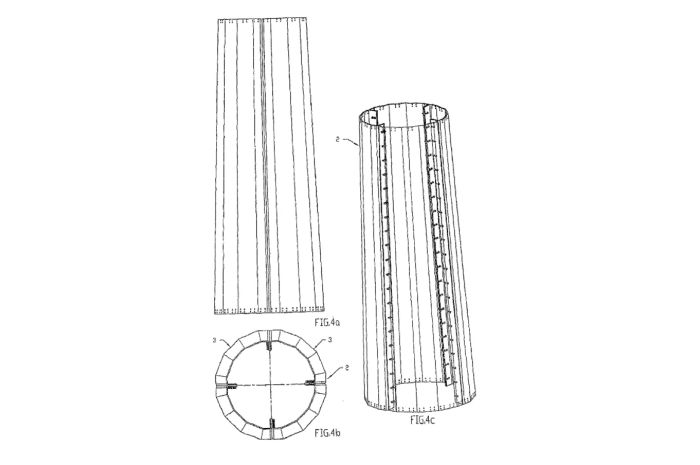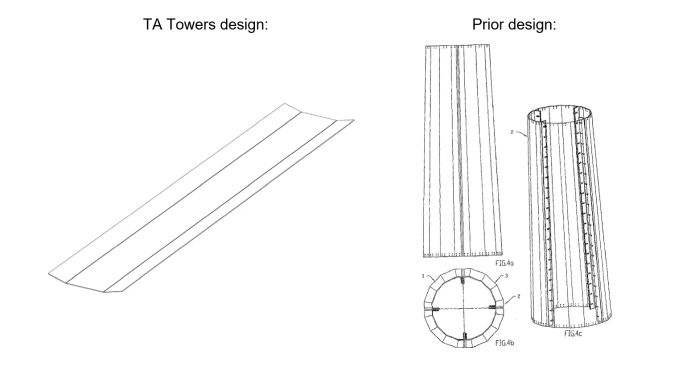Registered designs in the EU and the UK can be used to provide quick and relatively inexpensive intellectual property (IP) protection. Unlike patents, registered designs protect the appearance of a product, rather than how it works; this protection can extend to the product's shape, colour, texture, contours and so on.
While registered designs are of course highly suitable for protecting visually appealing products, such as those shown on the left below (a handbag, a jacket, a candle), they can also be used to protect more "functional products", such as those shown on the right (a 3D printer, a semiconductor module, an air pump).

In this respect, the requirement for a product to be protectable by a registered design is that the features of the product must not be solely dictated by its technical function, i.e. technical function must not be the only factor which determined the design of those features. The design must also be new, and have "individual character"; however, none of these requirements are examined on application, and are generally only considered in post-registration legal action.
A recent legal decision relates to an EU registered design which falls firmly into the "functional product" category. Registration no. 006352332 was filed at EUIPO on 28 March 2019 by Danish company TA Towers ApS under classification 25.01: Building materials. TA Towers specialises in modular wind turbine towers, formed from steel sheets bolted together on-site, see below.

Following registration of TA Towers' design application, an action for invalidity was brought by Wobben Properties GmbH. Wobben's grounds for requesting invalidation of the design were that (i) the design was not new, (ii) the design did not have the required "individual character", and (iii) the features of its appearance were solely dictated by their technical function.
Wobben cited various pieces of evidence in support of their request, including prior patent applications for towers, photos and screenshots from a video. The Cancellation Division of EUIPO agreed with Wobben and cancelled TA Towers' registration on the basis that it lacked individual character over a prior design illustrated in patent application WO 2010/055535 A1. TA Towers appealed the decision, but the Third Board of Appeal of EUIPO upheld the decision to cancel the design. Undeterred, TA Towers appealed to the General Court.
Under EU design law, a design is considered to have "individual character" if the overall impression it produces on the "informed user" differs from the overall impression produced on such a user by any design made available to the public before the date of filing (or, where claimed, the date of priority).
According to case law, this is a four-stage test, which comprises determining; (i) the sector of the products which include the design; (ii) the "informed user" and their awareness of the prior art and level of attention in the comparison of the designs; (iii) the designer's degree of freedom in developing the design; and (iv) considering the degree of freedom, the outcome of the comparison of the overall impressions produced on the informed user by the contested design and by any prior design.
The Court found that EUIPO had correctly identified the sector and had not erred in its determination of the "informed user". Turning to the definition of "informed user", the Court stated:
"without being a designer or a technical expert, the user knows the various designs which exist in the sector concerned, possesses a certain degree of knowledge with regard to the features which those designs normally include, and, as a result of that user's interest in the products concerned, shows, in essence, a relatively high level of attention when he or she uses them".
The degree of design freedom of the designer was not disputed.
Finally, the Court considered stage (iv). Here, the Court found that the prior design, shown below, had bends at the end of the sheet of different lengths, therefore the Board of Appeal had been incorrect in describing the prior design sheet as "rectangular".

In contrast, the TA Towers design was rectangular, based upon the representations (drawings) filed with the design application. Therefore, the Court found that the shape of the sheet of the contested design was different to that of the prior design.
The Court went on to state that:
"The informed user who displays a relatively high level of attention will perceive that difference between the contested designs. That user will focus on the shape of the sheets of the contested designs in so far as that shape is one of the most visible and important elements, in so far as... that shape allows it to form an idea of what the final towers will look like once the prefabricated sheets have been assembled.
Consequently, the informed user will be aware of the fact that, due to the shape of the sheets, the contested design makes it possible to obtain a cylinder, whereas the prior design makes it possible to obtain an element corresponding to a truncated cone... Thus, the informed user, who is a professional in the construction sector, has good reason to examine the exact shape of those plates and will notice any difference that might exist in that regard."
Further differences were noted in the number of bends in the prior art sheet (which has four bends) and in the contested design (which has three). In this respect, the Court held that:
"Even if the difference in the number of bends between the contested designs is not sufficient, on its own, to produce a different overall impression in the mind of the informed user, that user will nevertheless take note of that difference and will be aware that the final towers will also have slightly different shapes for that reason."

As a result, the General Court concluded that the Third Board of Appeal had erred in its decision, which it annulled. TA Tower's reaction to the decision can be read here.
The TA Towers decision is an interesting one, in several ways.
Firstly, it is clear that the Court based its decision exclusively upon the representations (drawings) filed with TA Towers' design application and the prior art design as illustrated in the drawings of the patent application, rather than on any actual "real-world" product. It is therefore of the utmost importance that the representations filed with an application for a design registration accurately illustrate the product or part of a product that the registration seeks to protect.
Further, the definition of the "informed user" in this case emphasises that this user is considered to show a "relatively high level of attention" to products in their sector, as a result of that user's interest in the products concerned. This level of attention appears to extend – at least in this case – to the finished shape of an object constructed from the design in question.
Finally, in its finding that the Board of Appeal had correctly identified the sector, the Court stated that:
"... it is apparent from the description accompanying the application for registration of the contested design that the goods covered by it were described as building materials in the form of a segment for wind turbine towers. In its response to the statement of the grounds relied on before the Board of Appeal, the applicant designated those goods as 'building materials for a windmill tower'. In those circumstances, the Board of Appeal was entitled to find, without committing any error, that the contested design shows segments for towers."
As per the EUIPO Design Guidelines for examination of registered design applications, however, neither the product indication nor the classification affects the scope of protection of the design as such; a registered Community (EU) design confers on its holder the exclusive right to use the relevant design in all types of products, and not only in the product indicated in the application for registration. Further, the Guidelines state that classification serves exclusively administrative purposes, in particular allowing third parties to search the registered design databases. A description filed with the design application is optional, and even where provided, does not affect the scope of protection of a design as such.
Notwithstanding the above, it is clearly necessary to carefully select the correct product indication and classification when filing a design application, and where a description is provided, this must also be given "a high level of attention".
The content of this article is intended to provide a general guide to the subject matter. Specialist advice should be sought about your specific circumstances.


